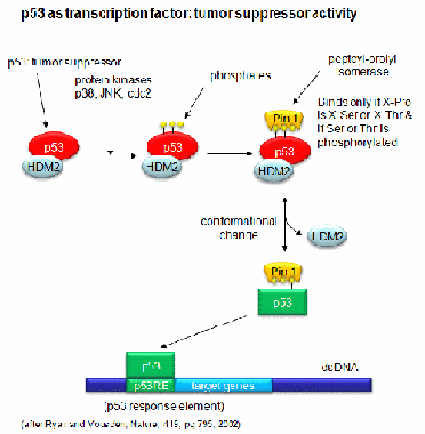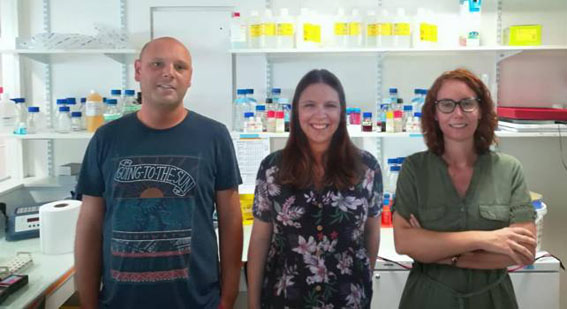Today I would like to tell you about a very important news related to Medicine: "Some Spanish scientists find a protein that helps against cancer and obesity".
Researchers from the group of Molecular Metabolism have discovered that the “p53 protein”, known for its function as a tumor suppressor, can act as a new therapeutic target, to fight against obesity.

P53 protein

The P53 against obesity
Specifically, this group of researchers, attached to the Center for Biomedical Research Network, in its thematic area of Physiopathology of Obesity and Nutrition (CIBEROBN) and the University of Santiago de Compostela (USC), and the Health Research Institute of Santiago de Compostela (IDIS), has shown, for the first time, that the activation of p53 protein, in a specific region of the brain, is capable of reversing obesity, in obese mice, as it decreases intake and especially stimulates brown fat (The "brown fat" is a special type of body fat, that is activated when you feel cold), which burns calories increasing thus the energetic cost.

University of Santiago de Compostela
In contrast, the specific inhibition of p53, in the same region of the brain, causes obesity in experimental animals. In this way, the results "could have an important relevance, since they indicate that proteins, that have a key role in the formation or suppression of tumors, can also participate in the development of obesity”.
There are results that indicate that “an obese person is more likely to develop certain types of cancer, and therefore, two diseases, that seem as distant as cancer and obesity, have molecular mechanisms in common", according to Mar Quiñones, Omar Al Massadi and Cintia Folgueira, main authors.

Mar Quiñones

Omar Al Massadi on the left side of the image

Cintia Folgueira in the centre of the image
This work has been carried out in collaboration with national and international centers such as the CNIO, the IDIBAPS, the University of Córdoba, the University of Cambridge, the Helzholtz Zentrum, in Munich, or the Max Planck Institute, in Germany.

The University of Cordoba
Well, I hope that you will like this article.
Until my next post, kind regards,
Luis.
Sponsored by Costaluz Lawyers.
Please click below:
